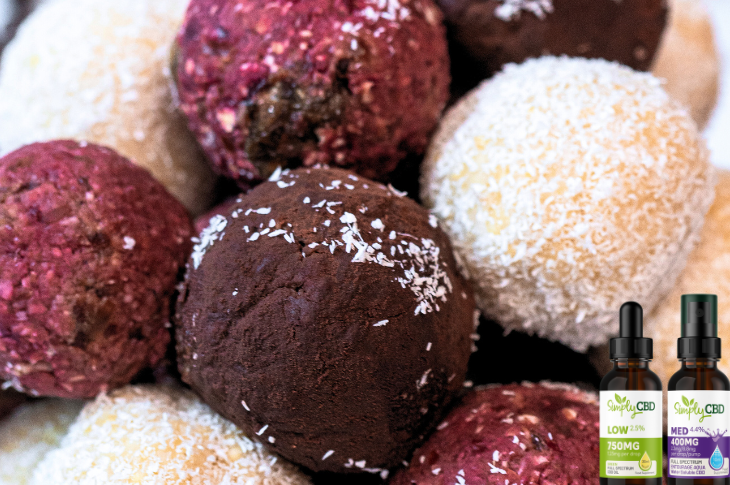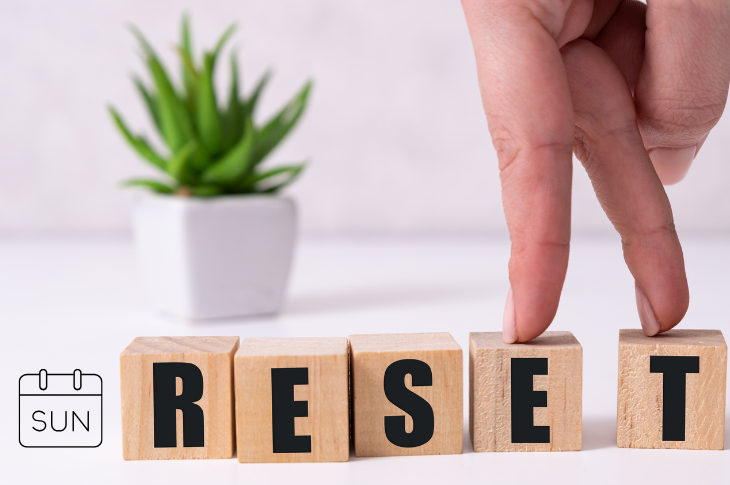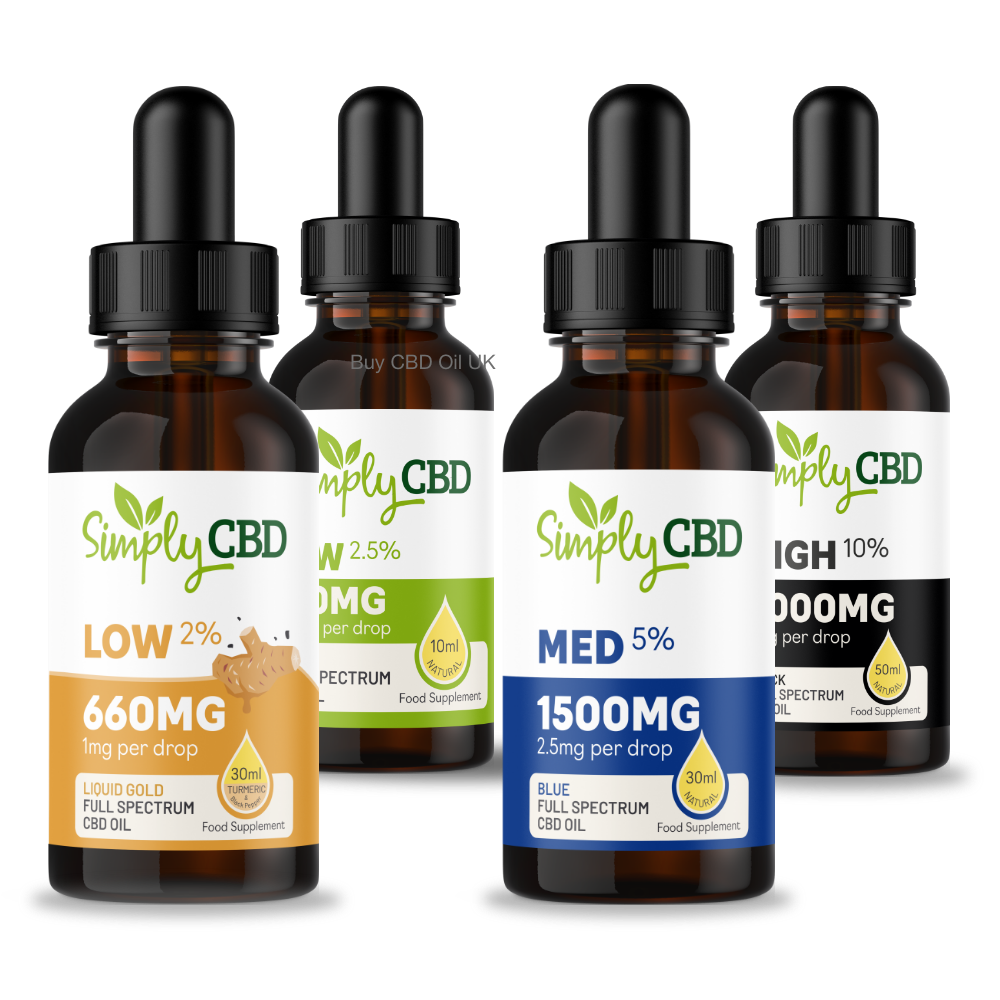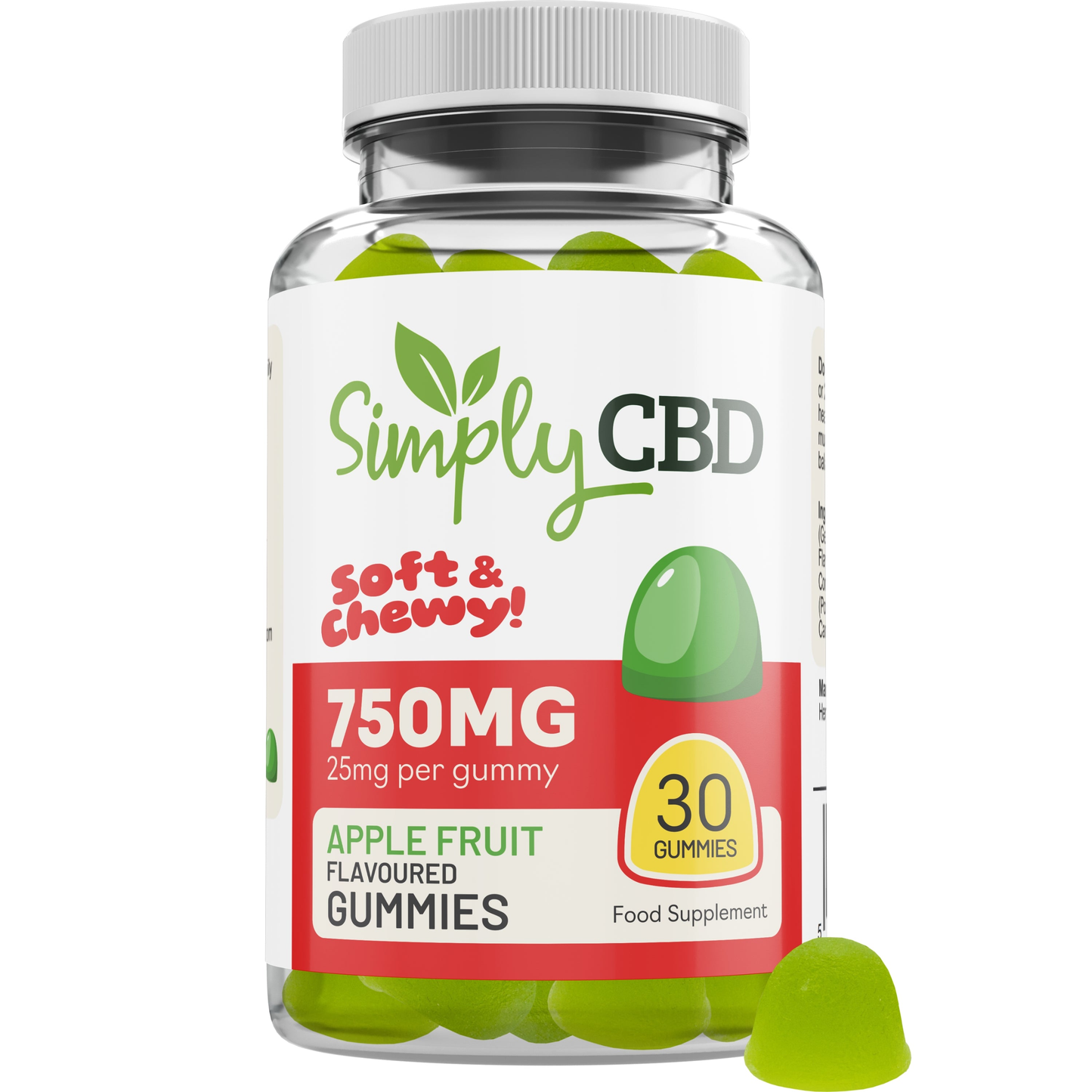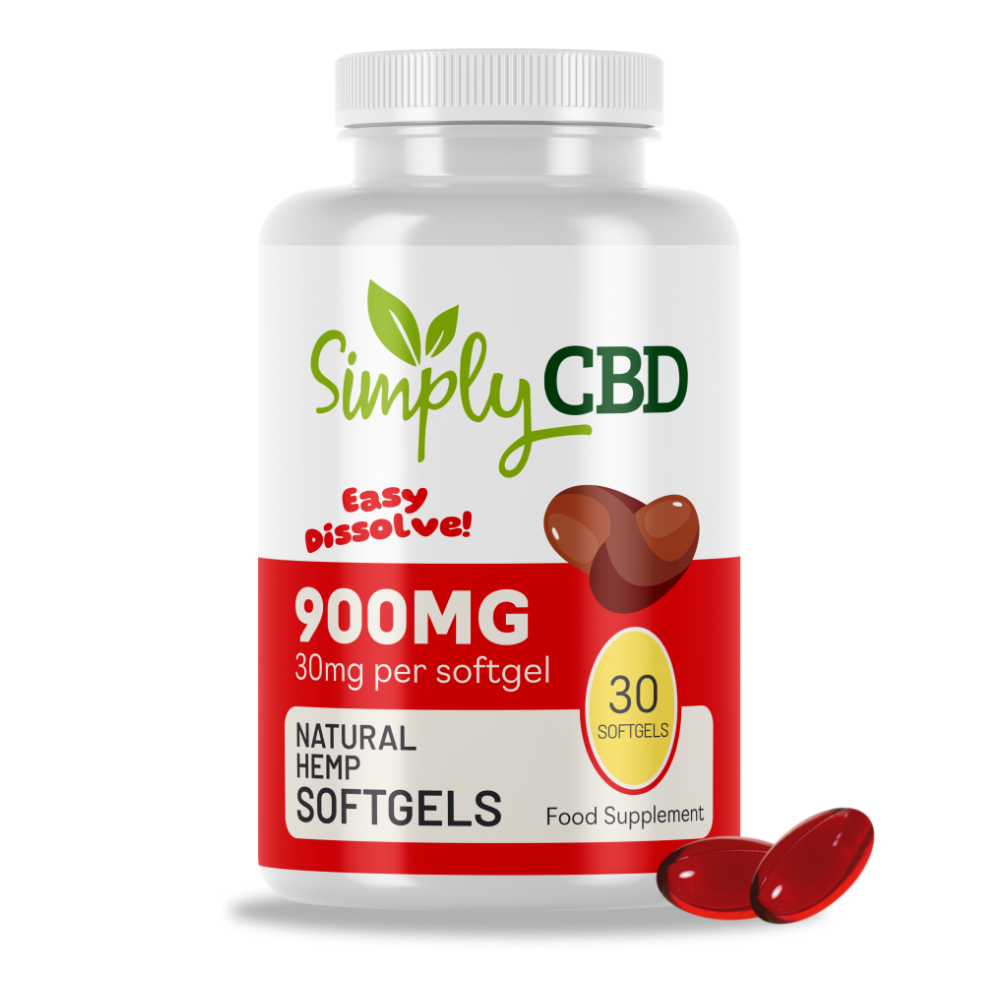
CBD products are continuing to grow in popularity. Alongside this growth is an explosion of misconceptions about CBD. These stem from various areas, such as misunderstandings about the effects of CBD to the origins of CBD extract. This article debunks some of the most common myths about CBD and provides clarity on these common topics.
Myth 1: CBD is addictive and will cause a high
Arguably the most common myth surrounding CBD is the idea that it’s an addictive substance that can cause users to feel high. This typically stems from the relationship between CBD and the cannabis plant family. The two most recognisable plants from this plant family are hemp and marijuana. Hemp is high in CBD content and low in THC (the cannabinoid that can cause a high). Marijuana is high in THC content and low in CBD. In the UK, hemp has been legalised for industrial use, while marijuana remains illegal. However, as these plants are largely misunderstood and often lumped together, people assume their effects are the same.
Marijuana is widely considered a recreational drug, but it’s also used for medicinal purposes in some countries. As it’s naturally high in THC content, which can cause intoxication, it’s possible for people to become addicted to using marijuana. In contrast, hemp, which is where CBD extracts for legal CBD products come from, produces none of these effects. The World Health Organisation has stated that CBD shows no addiction potential. Additionally, due to the chemical makeup and the way it interacts with the body, CBD will never cause users to feel high. Even if a CBD product contains legal trace quantities of THC (up to 0.2%), this will never be enough to cause any intoxicating effects. THC is not a bad compound to consume, especially in the trace quantities found in some legal CBD products. However, consuming it in larger quantities, while not inherently harmful, can cause intoxication and potentially lead to addiction. This is part of the reason why marijuana remains illegal in the UK.
Myth 2: All CBD products are the same
Many people who are new to the world of CBD assume that it’s difficult or impossible to differentiate CBD products. In reality, there are four key criteria to consider.
Profile
One way to differentiate CBD products is their CBD profile. There are three main CBD profile categories; full spectrum CBD, broad spectrum CBD, and CBD isolate. Full spectrum CBD products contain all of the cannabinoids and other plant compounds from the hemp plant, in addition to CBD. This includes trace levels of THC up to the legal limit of 0.2%. Full spectrum products are thought to produce the entourage effect, which is what occurs when all of the hemp-derived cannabinoids and compounds work together. This effect is believed to produce more well-rounded results.
Broad spectrum CBD products contain a range of cannabinoids and plant compounds in addition to CBD, but no THC. These products are thought to produce a slightly less potent version of the entourage effect due to the decreased variety of cannabinoids and compounds. CBD isolate products contain only CBD from the hemp plant. These products are still effective as CBD is the main ingredient across all CBD products. However, CBD isolate products will never produce the entourage effect.
Type
While the most popular method for using CBD is traditional CBD oils, there are many other product types available. For example, in addition to oils, we offer a wide range of products, including gummies, tablets and capsules, patches, balms and salves, vape liquids, nasal sprays, and water soluble CBD. Each of these product types has its own absorption method and intended use. For example, patches absorb transdermally, which means into the bloodstream via the skin. In contrast, oils absorb sublingually, which means into the bloodstream via thin mucous membranes under the tongue. Other products, such as gummies and tablets, absorb via digestion. Balms never enter the bloodstream and instead interact with endocannabinoid receptors in the skin’s pores.
Some products are typically used multiple times throughout the day, such as oils or vape liquids. In contrast, patches last for up to 36 hours and require no top ups in between doses. Each product type has its own benefits and some are more suitable than others for particular CBD users. The best type of CBD product for each user depends on their needs, preferences, and reasons for using CBD.
Strength
CBD products come in many different strengths due to the varying needs of different users. While we always advise starting with a low dose, some users end up requiring a high dose to feel the full effects of CBD. However, other users feel the same level of benefits from much lower strength products. The wide range of available product strengths allows users to find their ideal dose. This is a very important factor to take into consideration, as too much CBD can cause adverse effects. Therefore, it’s unsafe for users to assume that a 10mg gummy and a 25mg gummy will produce the same results, for example.
Quality
The quality of all CBD products on the market is not the same. At Simply CBD, we always prioritise providing high quality products to our customers. However, there are many brands that will cut corners for a better profit margin. This is why lab reports are such an important part of the CBD shopping experience. Checking a lab report can tell users the CBD content of a product, as well as any other cannabinoids present. These reports can also demonstrate the company’s dedication to transparency, quality, and safety. Additionally, lab reports can prove that a product is legal, which helps users stay away from products that don’t adhere to government regulations. If a company doesn’t provide lab reports or will only share them after a purchase has been made, this should raise major concerns about the quality of its CBD products.

Myth 3: A higher dose of CBD will automatically produce better results
Some people assume that if they take a high dose of CBD, it will automatically produce better, faster, and longer-lasting results. However, this is not the case. In fact, we always advise that beginners should start with a low dose and slowly build up as necessary. This is because the endocannabinoid system, which allows the body to interact with cannabinoids like CBD, works on a bell curve. Overloading this system and surpassing the curve can actually cause the opposite of the user’s desired effects. Starting with a low dose allows the body to slowly get used to CBD being in the system. Users can then build up gradually until they reach the dose that provides their desired results. This is known as a CBD sweet spot.
Every person has their own unique experience with CBD, as all bodies respond differently. For example, one user may slowly build up and find that a single high strength product is what works for them. Another user who followed the same building up process may find their best results from a combination of low strength products. The possible outcomes are endless because what each person requires to find their sweet spot is entirely unique to them. This is why assuming a high dose equals instant effects is actually a very harmful misconception.
Myth 4: If CBD doesn’t work right away, it won’t work at all
New users can become frustrated when they don’t see any immediate results from using CBD. This often leads to the assumption that if it’s not working straight away, it won’t ever work at all. In reality, it can take up to eight weeks of consistent use for users to begin to feel the benefits of CBD. While some users start to feel benefits within hours of their first dose, this is not particularly common and should not be what all new users expect.
CBD is not an instant fix, as it takes consistency and time for users to reach the results they’re looking for. In the eight-week starter period, they should be slowly building up their dose to find their sweet spot. The key is to be persistent. If users are having trouble finding their sweet spot and reaching the desired benefits stage, help is available. Simply CBD customers can reach out to our team at any time for guidance on their journeys. They can also join our support group, run by our customers, for advice from fellow Simply CBD product users.
Myth 5: Hemp seed oil and CBD oil are the same thing
While hemp seed oil and CBD oil share the same parent plant, they are by no means the same product. As indicated by its name, hemp seed oil comes from the seeds of the hemp plant. While these seeds are full of beneficial nutrients, they contain little to no cannabinoid content. CBD extracts used in CBD oils come from the leaves, stalks, and flowers of the hemp plant. This is due to their high concentration of cannabinoids and other plant compounds like terpenes and flavonoids.
The common uses of these products also differ. Hemp seed oil is commonly used for cooking and skincare, while CBD is typically used for wellness support. Both product types provide their own benefits, and they can even be combined in some cases. For example, many of our CBD oils are mixed in a base of hemp seed oil.
Key takeaways
Here are the key points to remember about these debunked myths:
- CBD is not addictive and will never cause users to feel high.
- CBD products are not all the same and can differ in type, quality, strength, and profile.
- A higher dose of CBD will not automatically provide better, faster, or longer lasting results.
- It can take up to eight weeks of consistent use to start feeling the benefits of CBD.
- Hemp seed oil and CBD oil differ in their origins, uses, effects, and ingredients.


